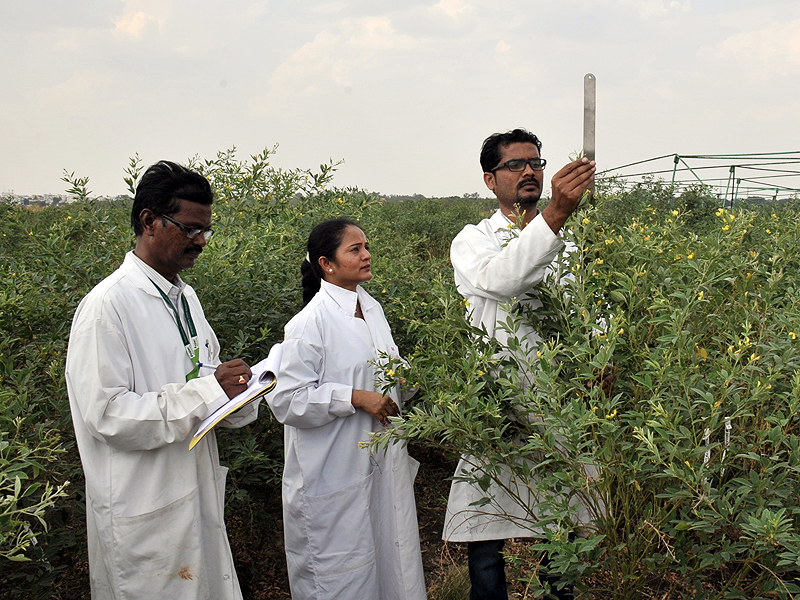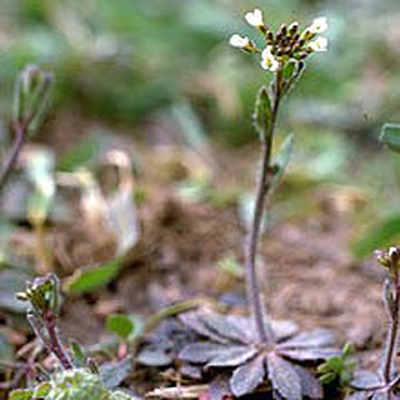Genetics
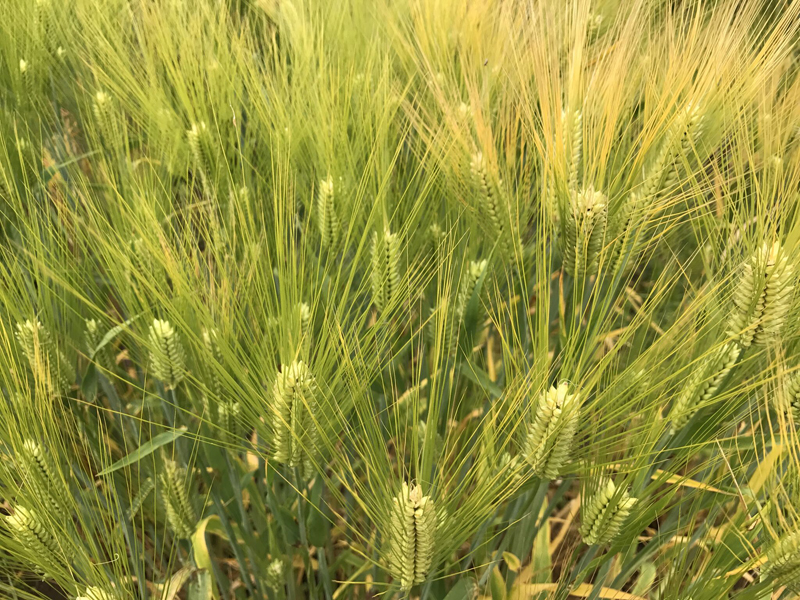
Researchers at Oregon State University (OSU) are giving an ancient grain a new life: this barley is naked, but not in an indecent way.

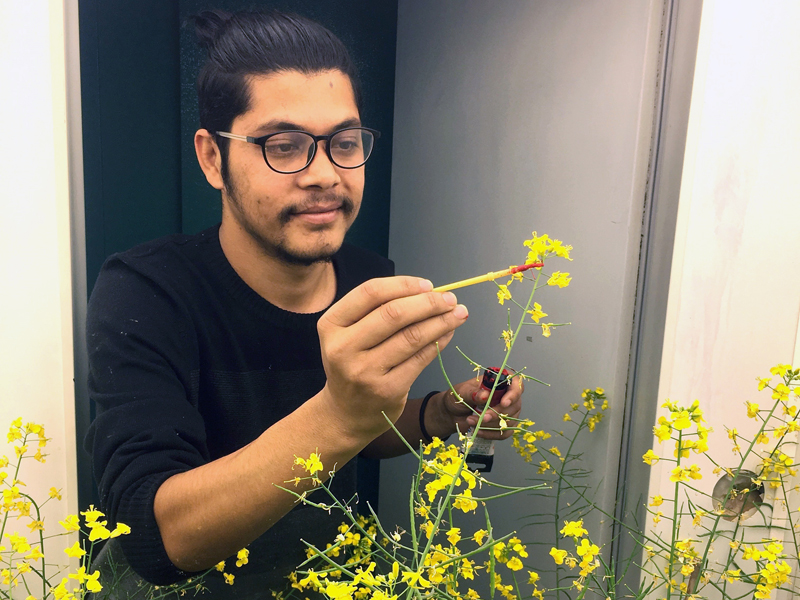
Plants don’t sleep like humans do—but just like some people don’t rest well in the heat, some plants don’t either. The canola plant isn’t as productive if the temperature is high at nighttime, and scientists are trying to find out why.
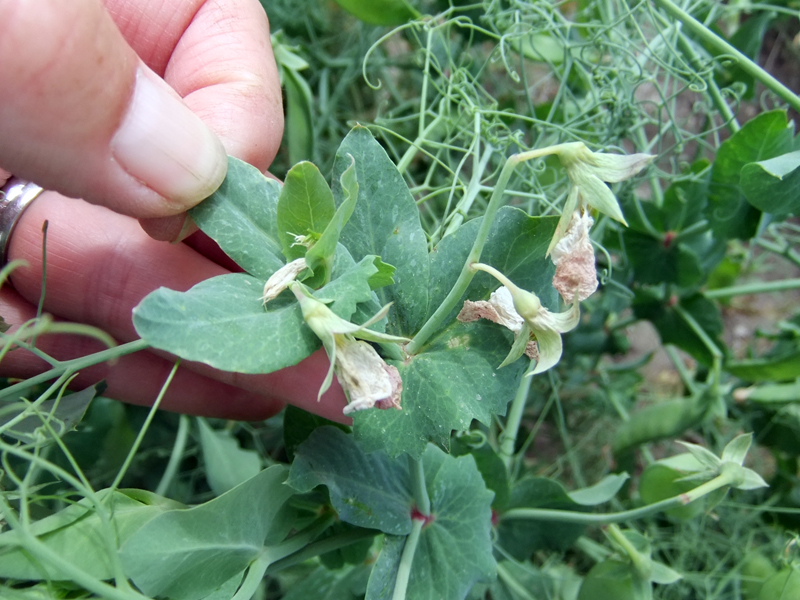
Farmers across the world produce between 10 and 13 million tons of field pea every year. That makes it a top legume crop, just behind dry beans and chickpeas.
 But as the global climate changes and temperatures continue to rise, heat stress is becoming a major limiting factor for pea cultivation.
But as the global climate changes and temperatures continue to rise, heat stress is becoming a major limiting factor for pea cultivation.
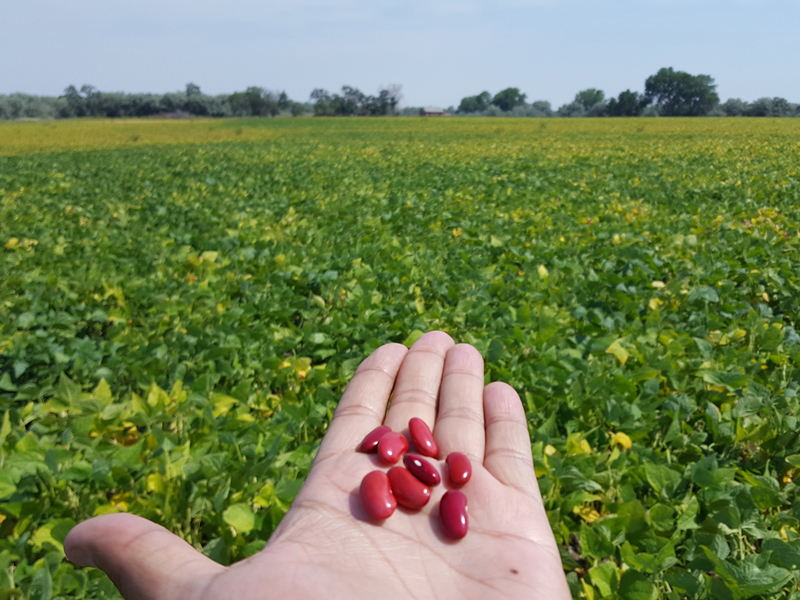
Kidney beans, like most other beans, are a nutritional powerhouse. They are packed with complex carbohydrates, protein, iron, and folate. They are also a good source of soluble fiber, which has several health benefits.
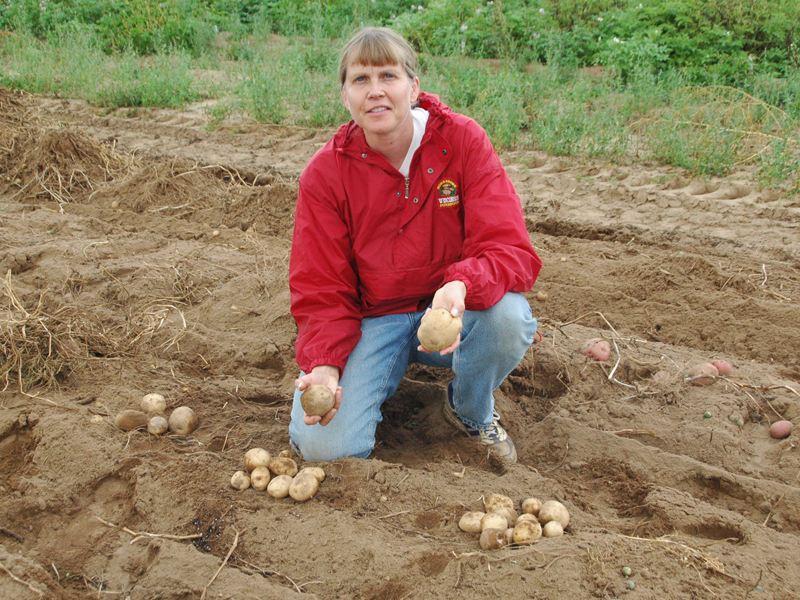
Have you ever cut into a potato to find a dark spot or hollow part? Early research shows that these defects are likely the result of calcium deficiencies in the potato -- and that tuber calcium is genetically linked to tuber quality.
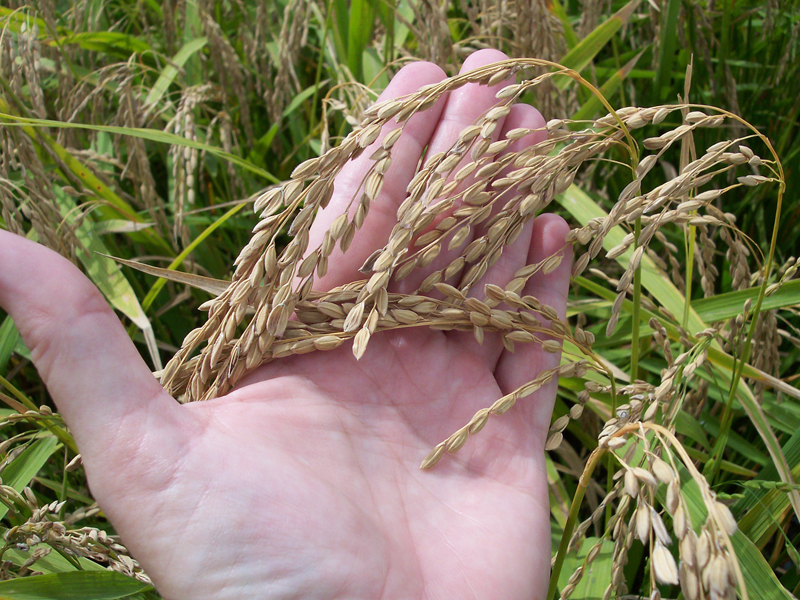
If I presented you with a bowl of steaming purple rice, would you eat it?
 Most of us are accustomed to white or brown rice as a staple in our diet. But according to plant breeder Anna McClung, we are missing out. “It’s all about what we’re used to,” says McClung. “If what we’ve known is white, uniform rice, that’s what we will want.”
Most of us are accustomed to white or brown rice as a staple in our diet. But according to plant breeder Anna McClung, we are missing out. “It’s all about what we’re used to,” says McClung. “If what we’ve known is white, uniform rice, that’s what we will want.”
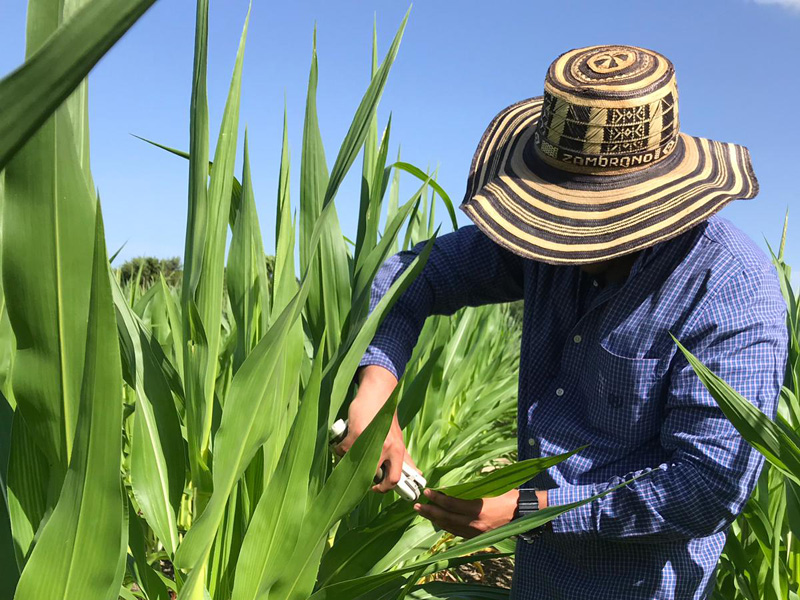
There’s nothing more disappointing than discovering that your carefully stored corn harvest has been gnawed apart by insects. After harvest, corn (or maize as it’s called in much of the world), can last for months and is a crucial element of the diets of many people across Africa, America, and Asia. However, the hard work of growing and harvesting the crop can be severely curtailed by pest infestation during storage. Small farmers in developing countries lose an incredible portion of their maize to insects like the large grain borer and the maize weevil.

